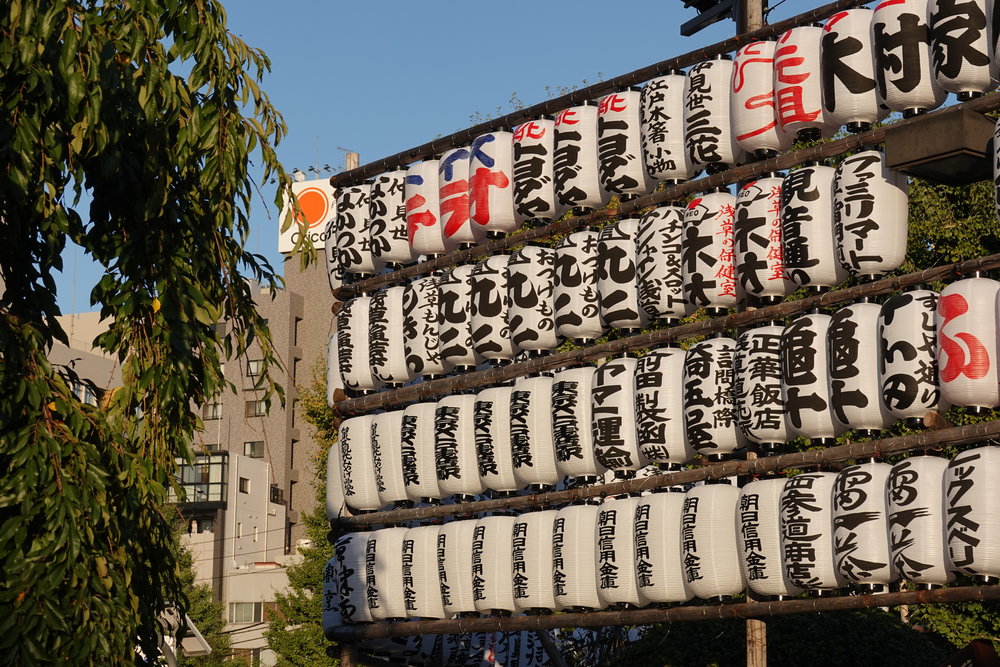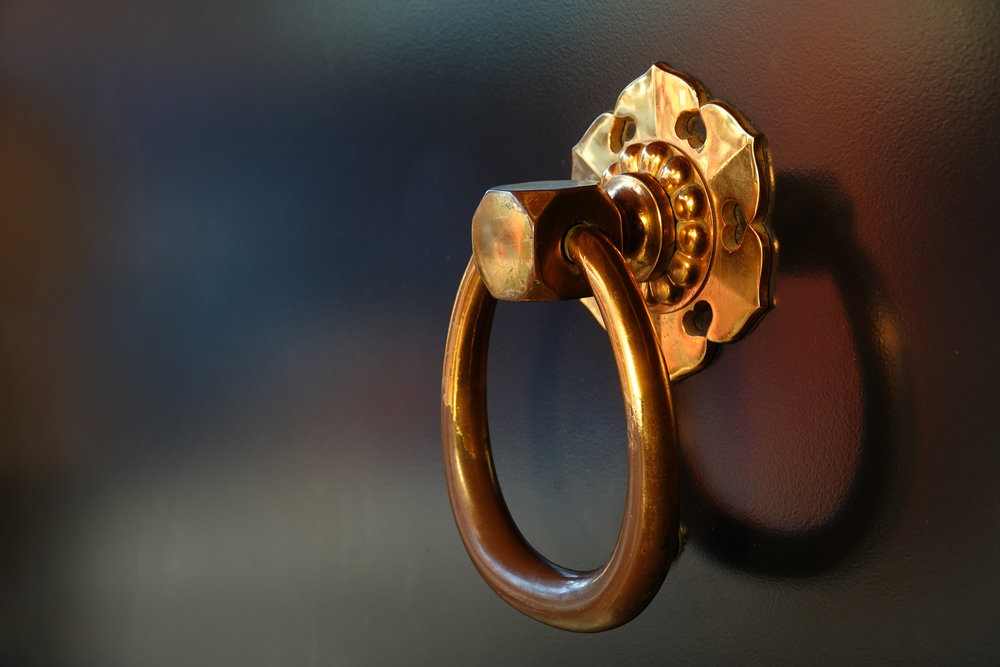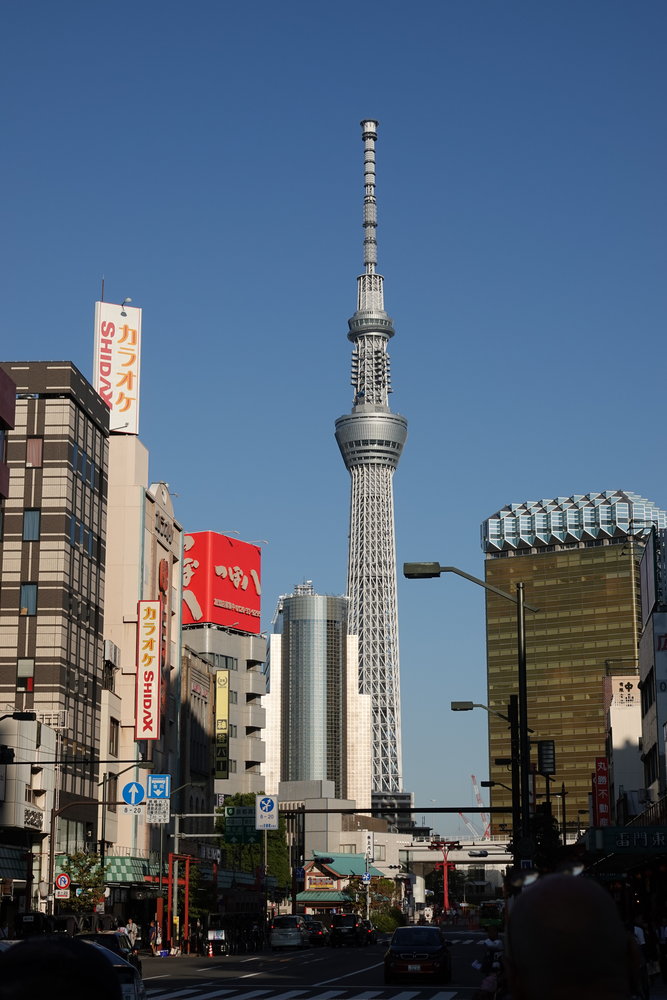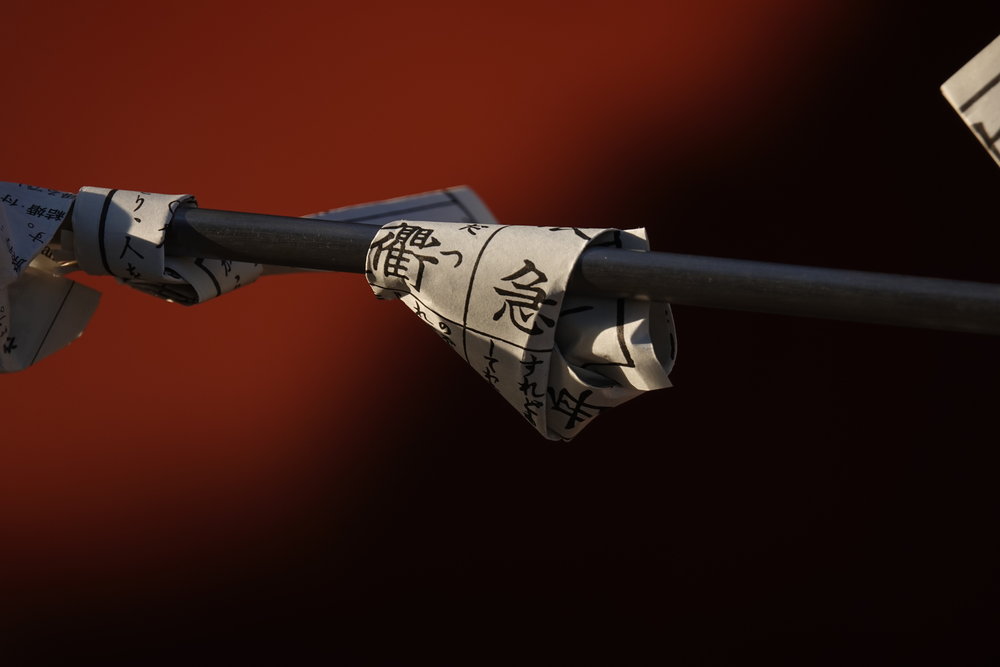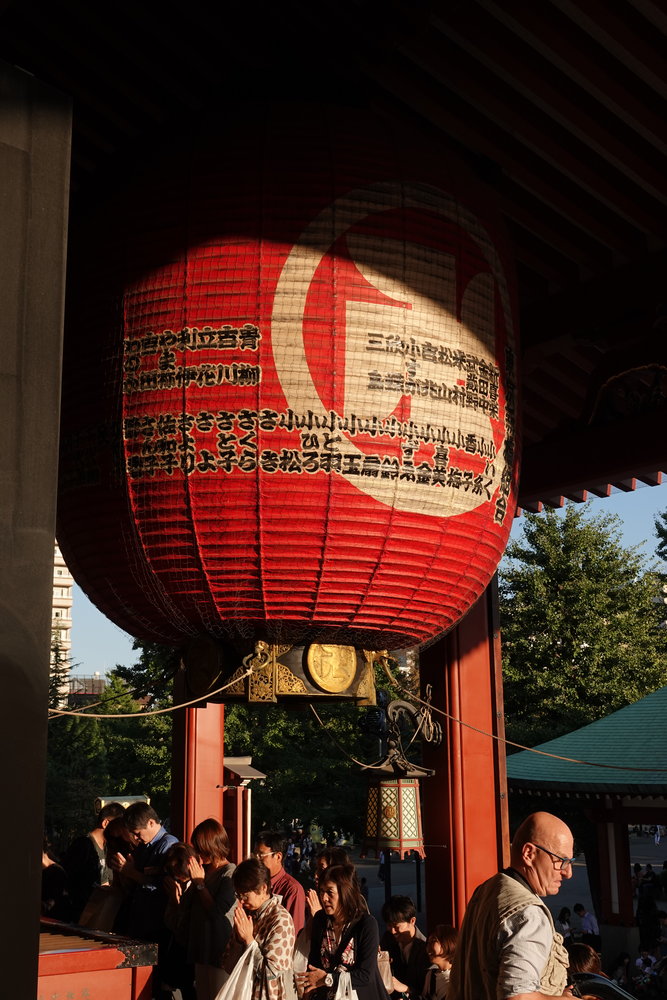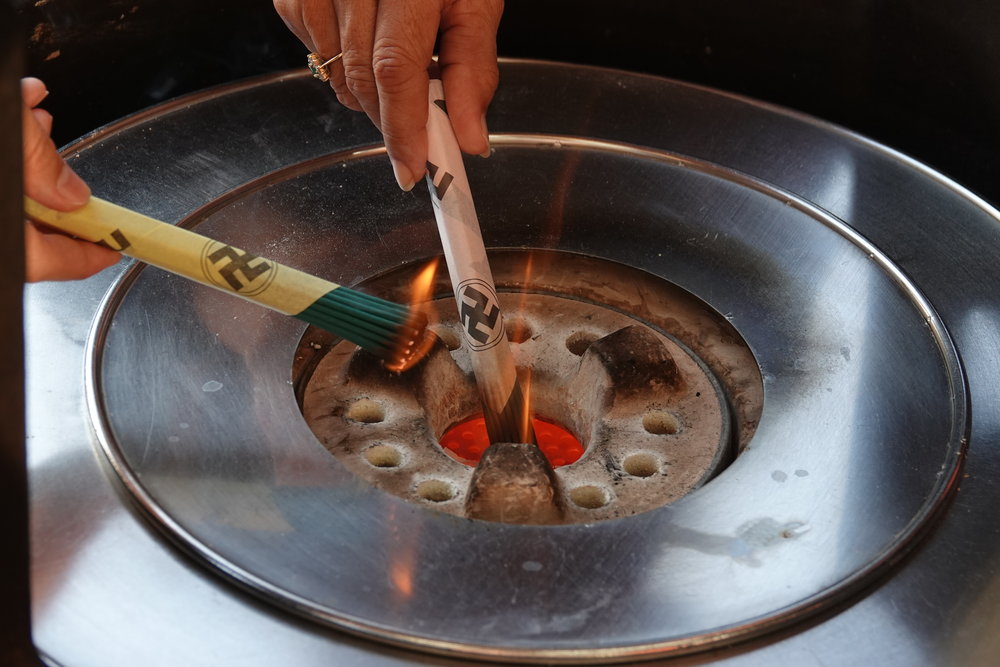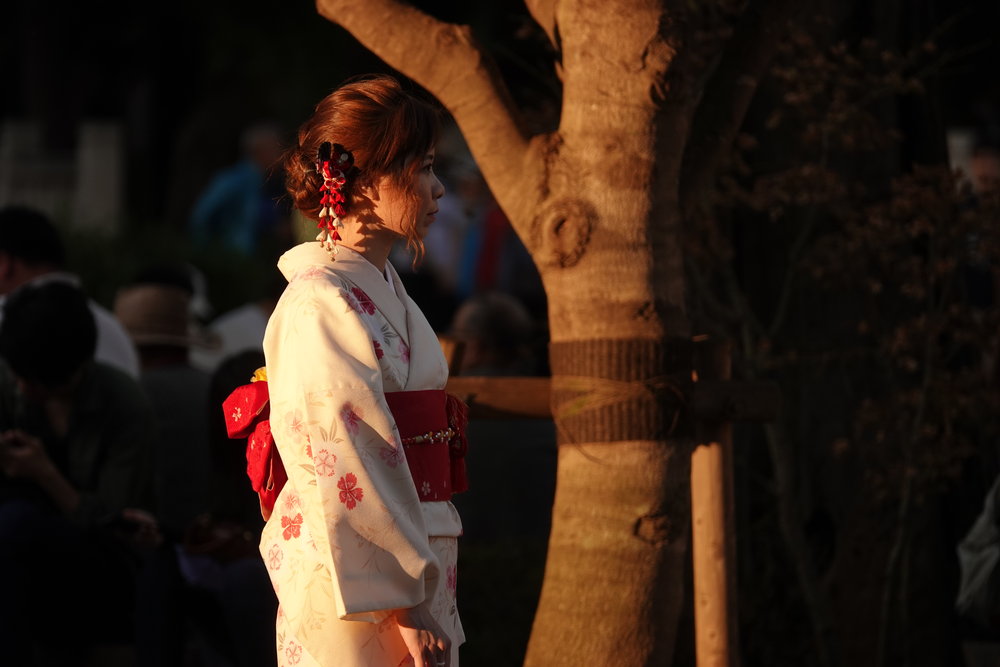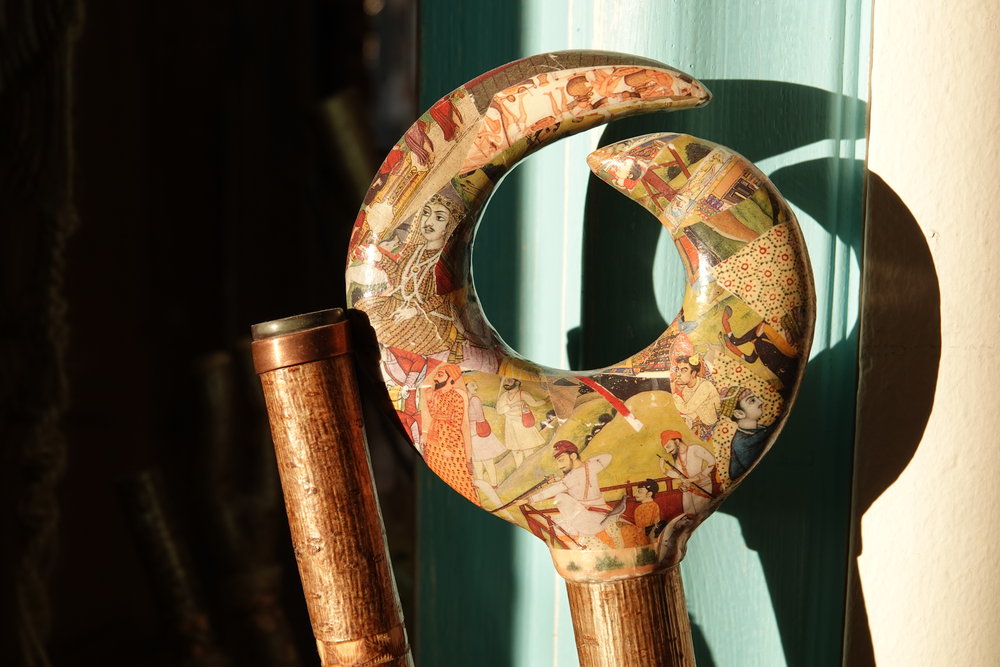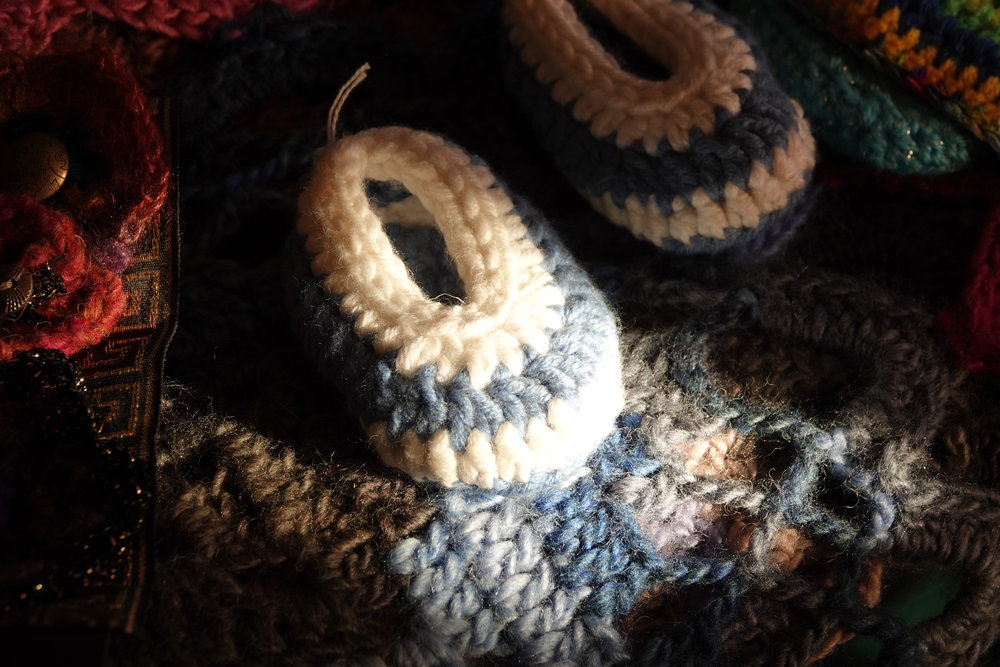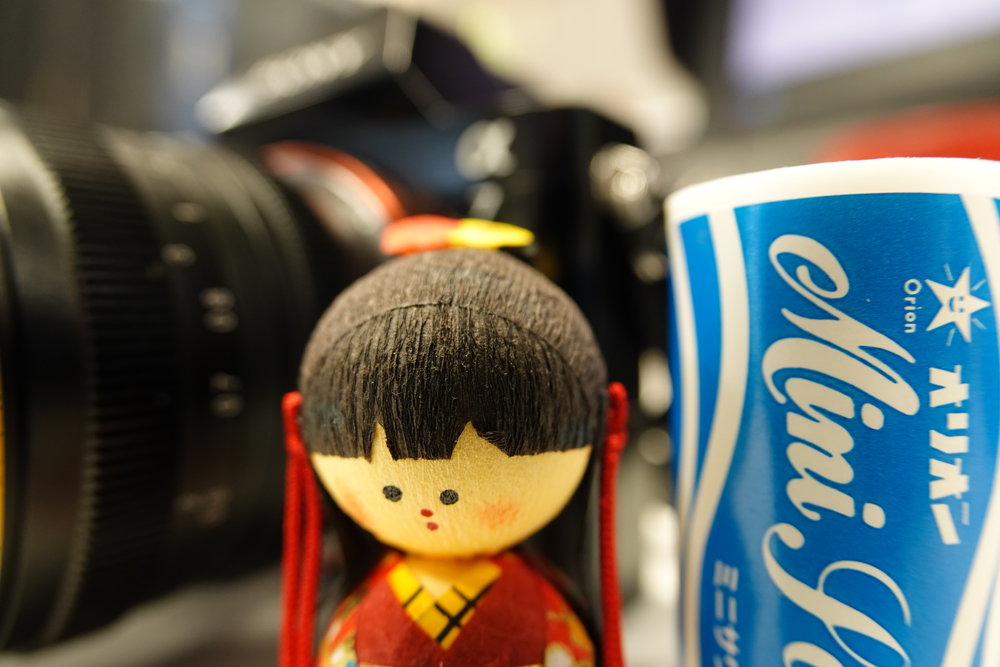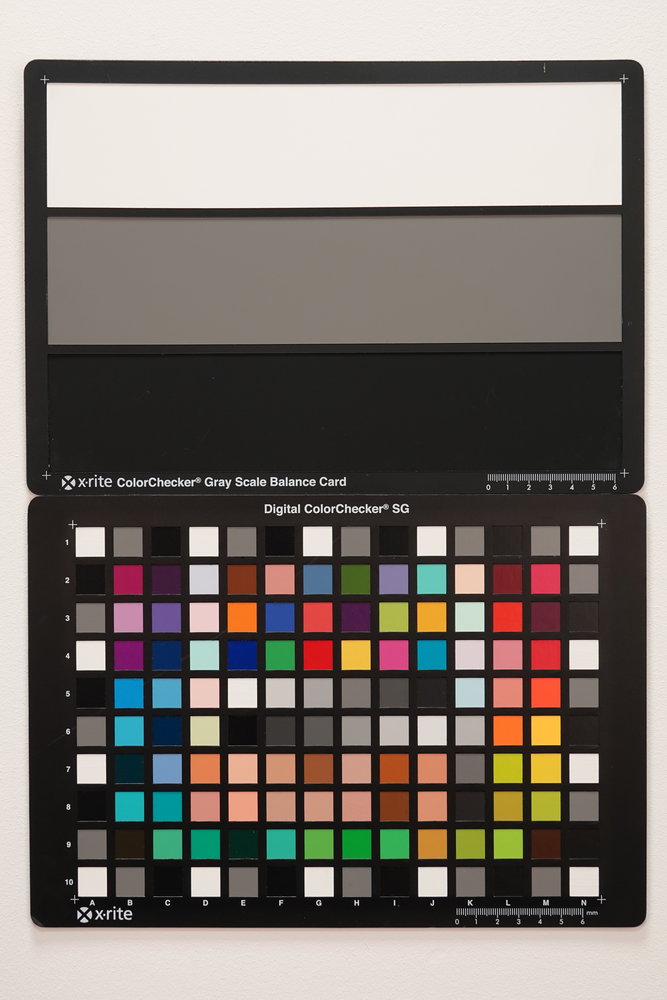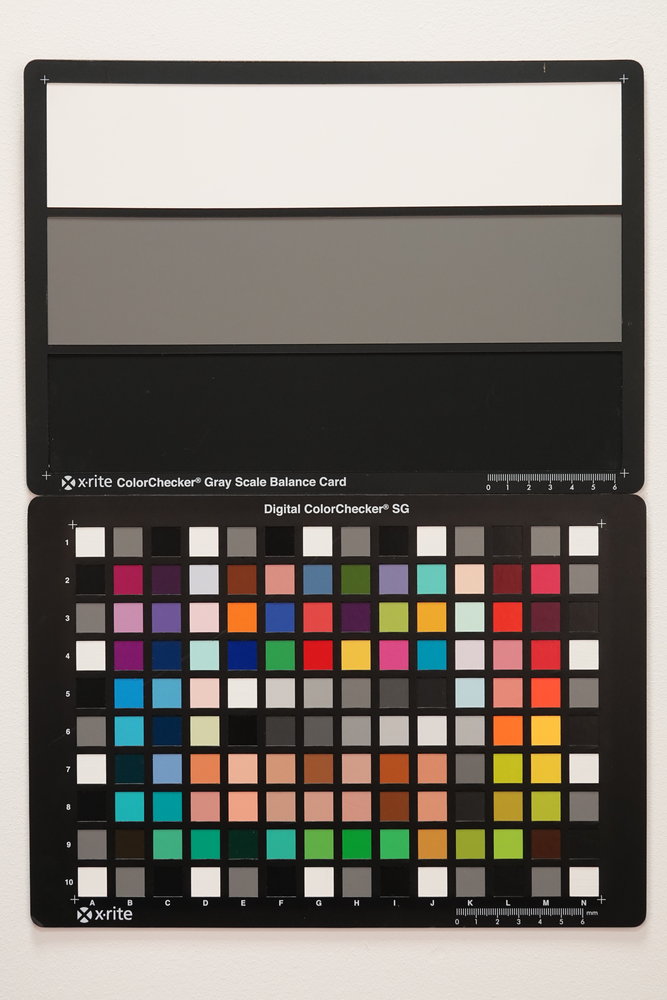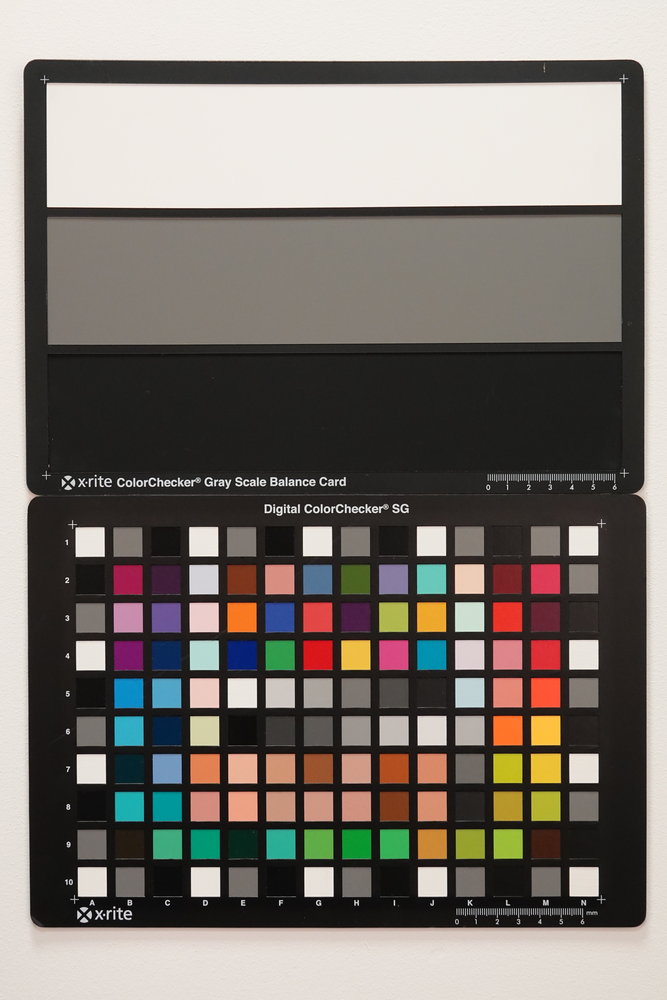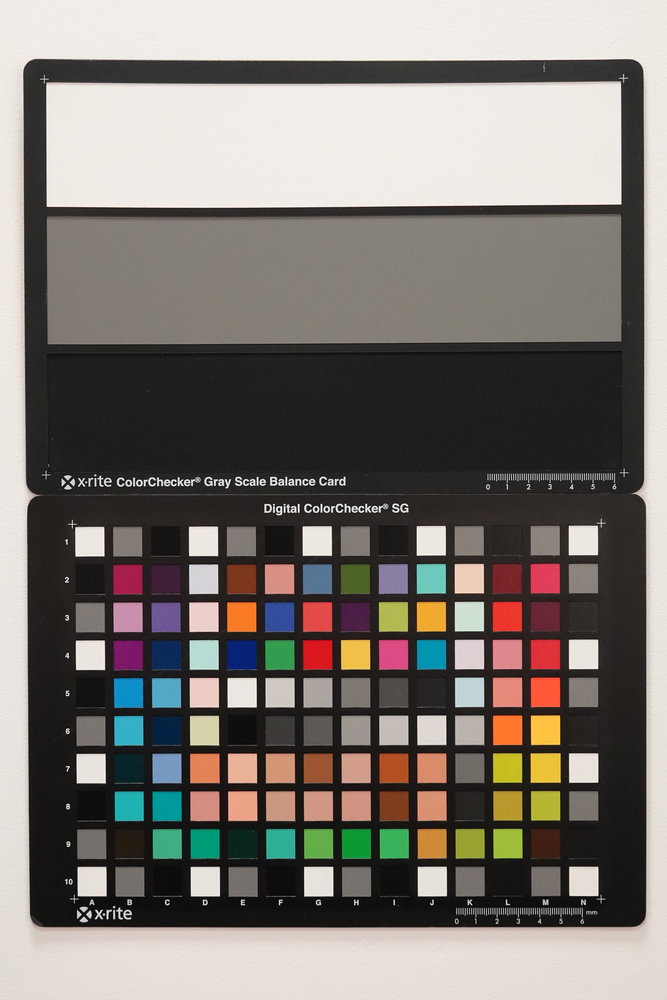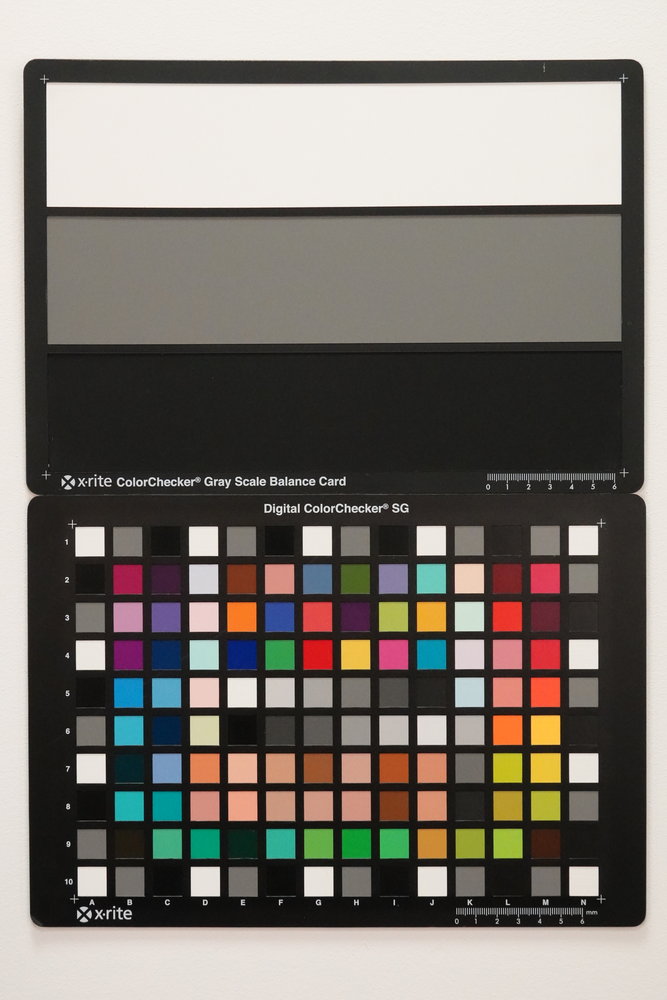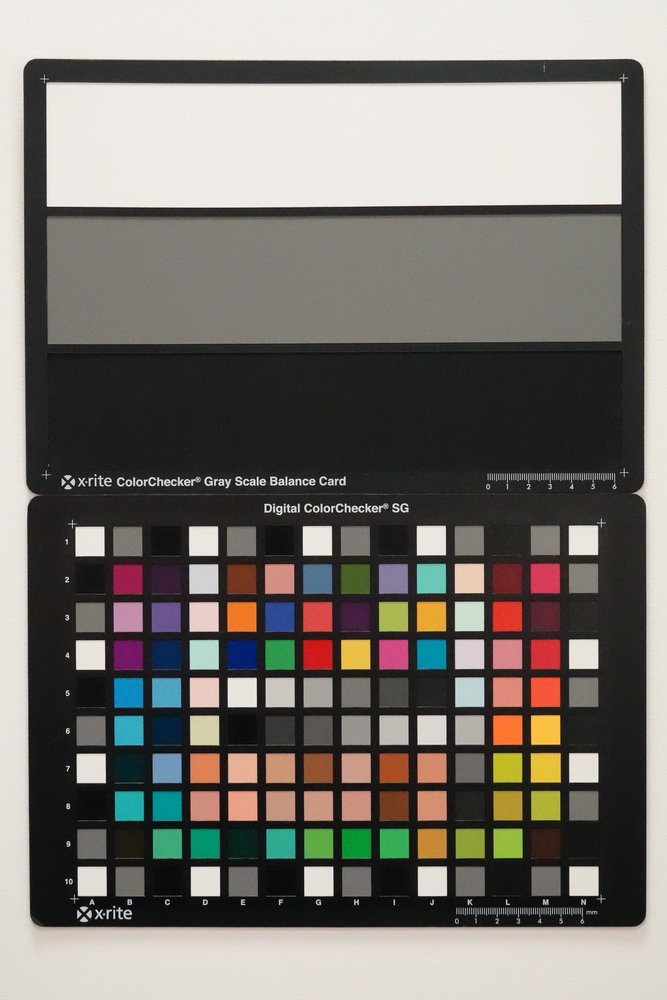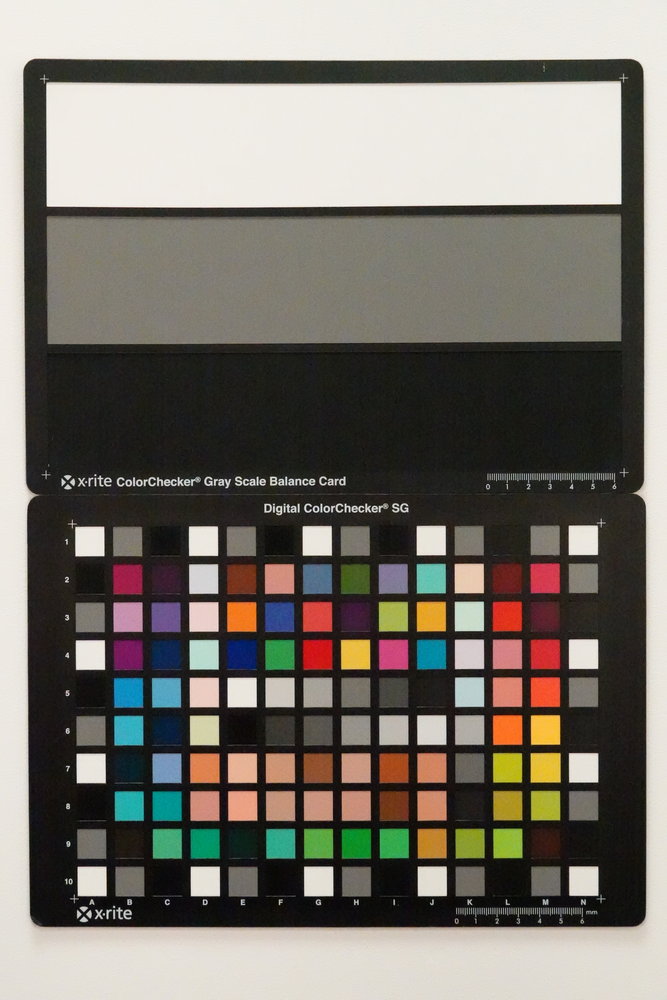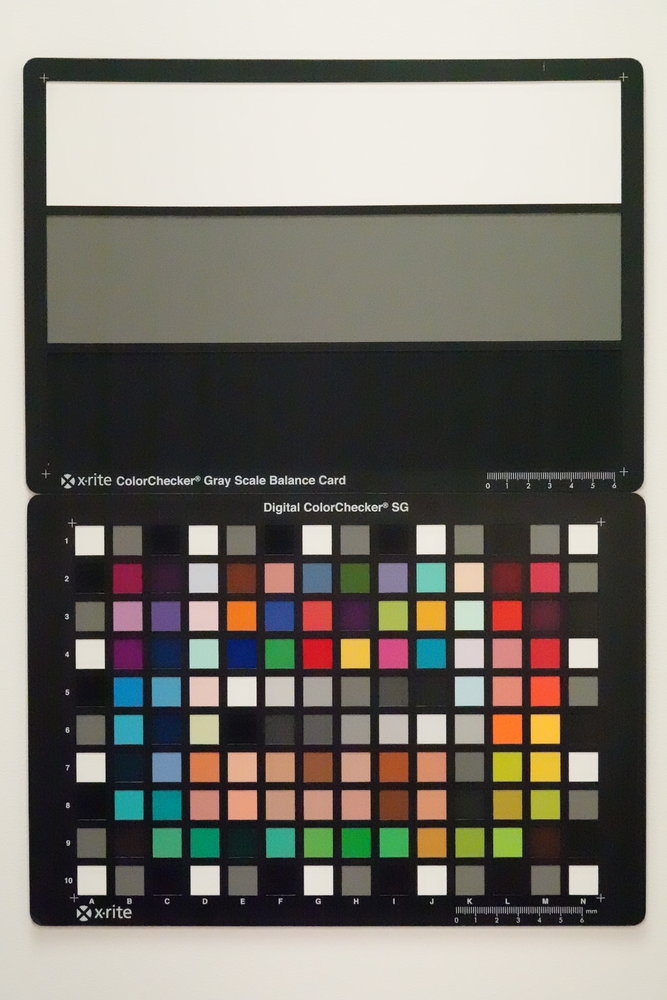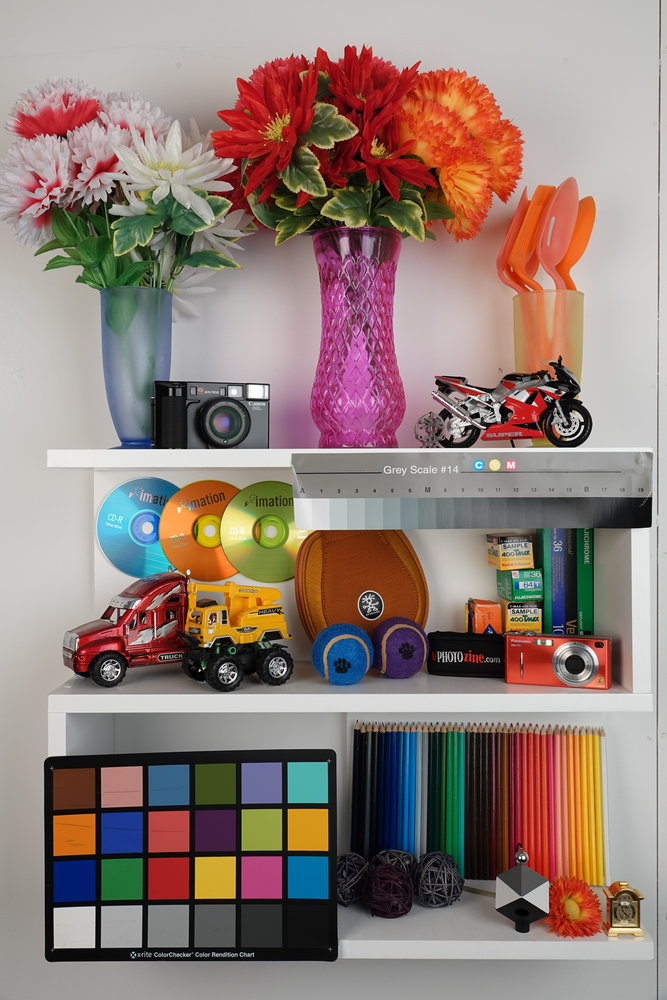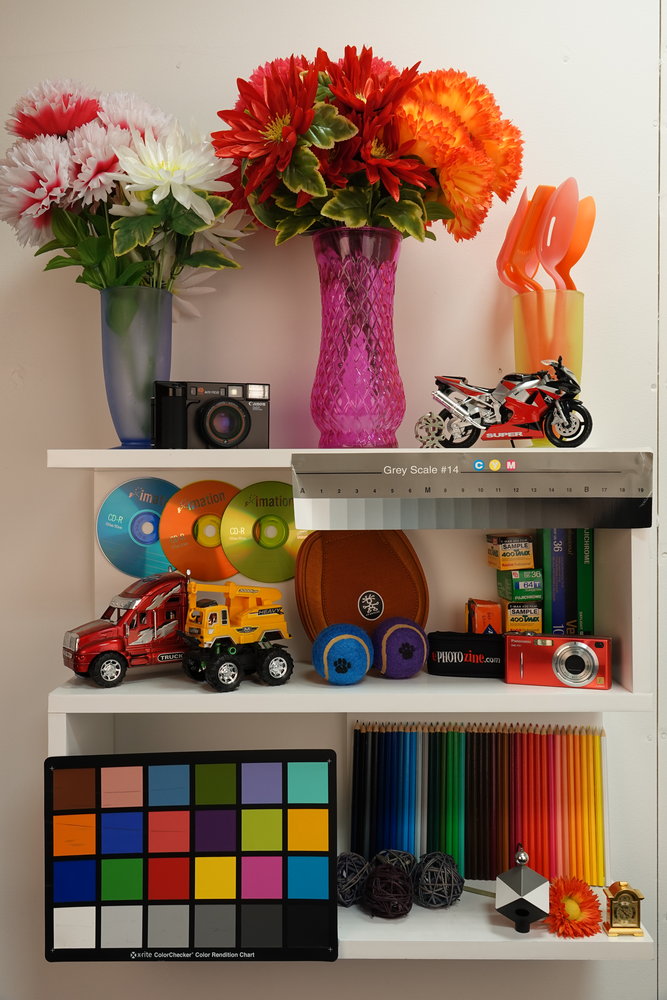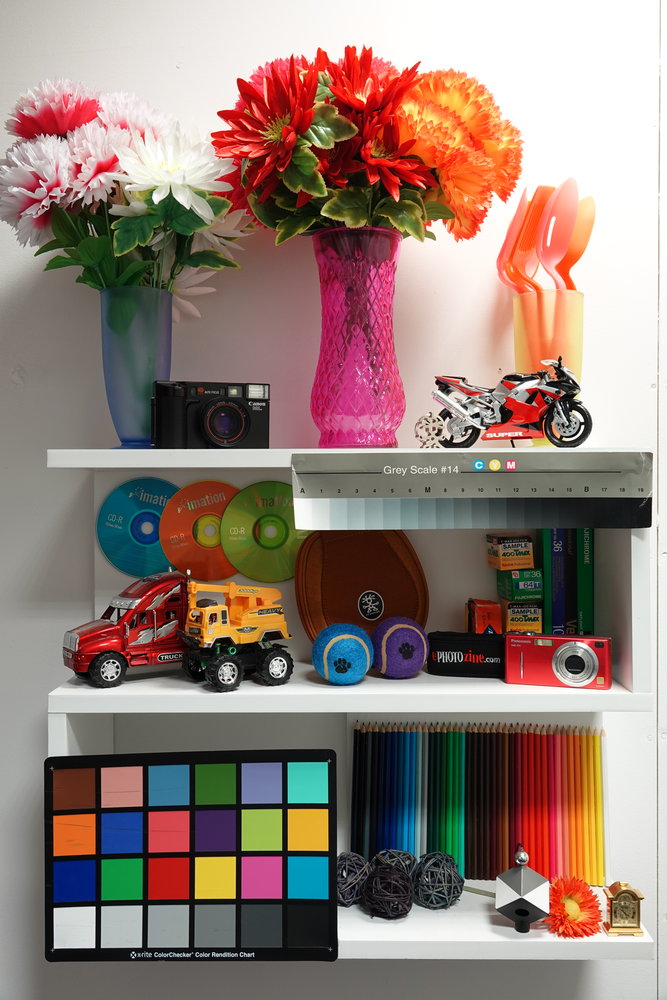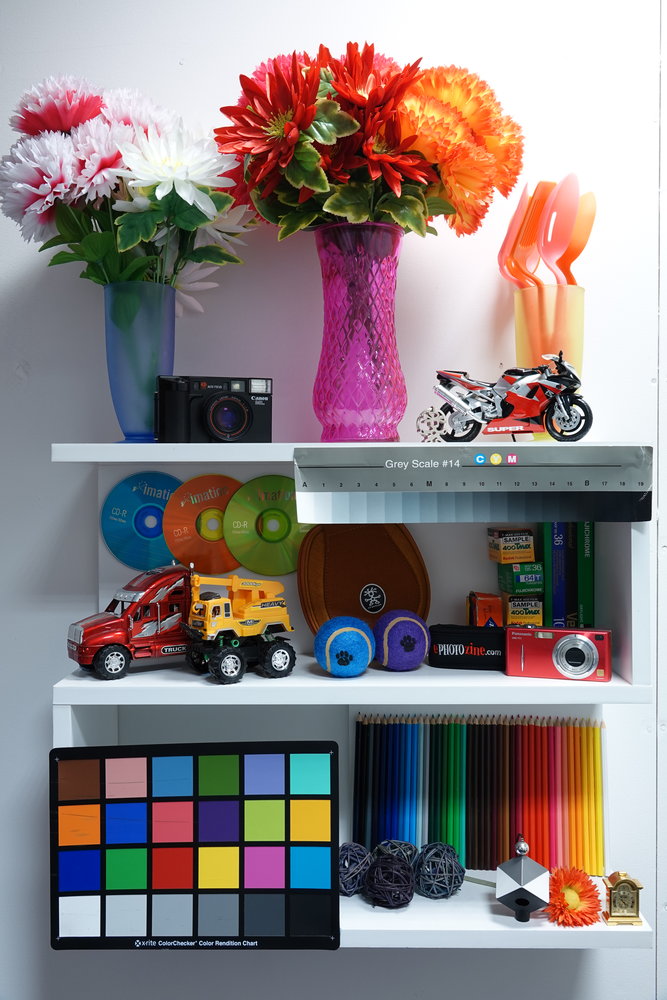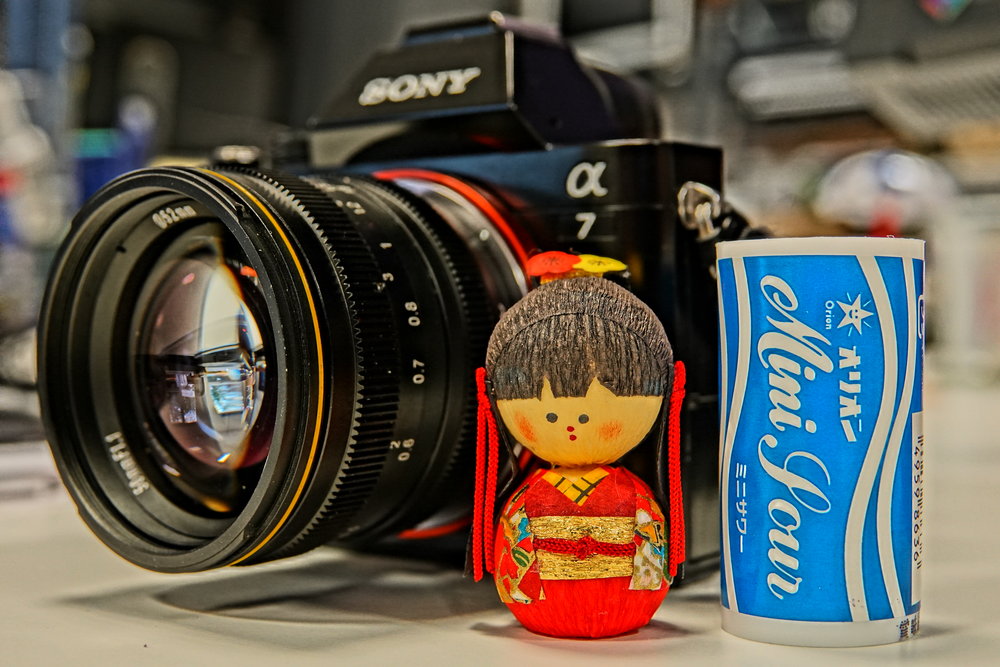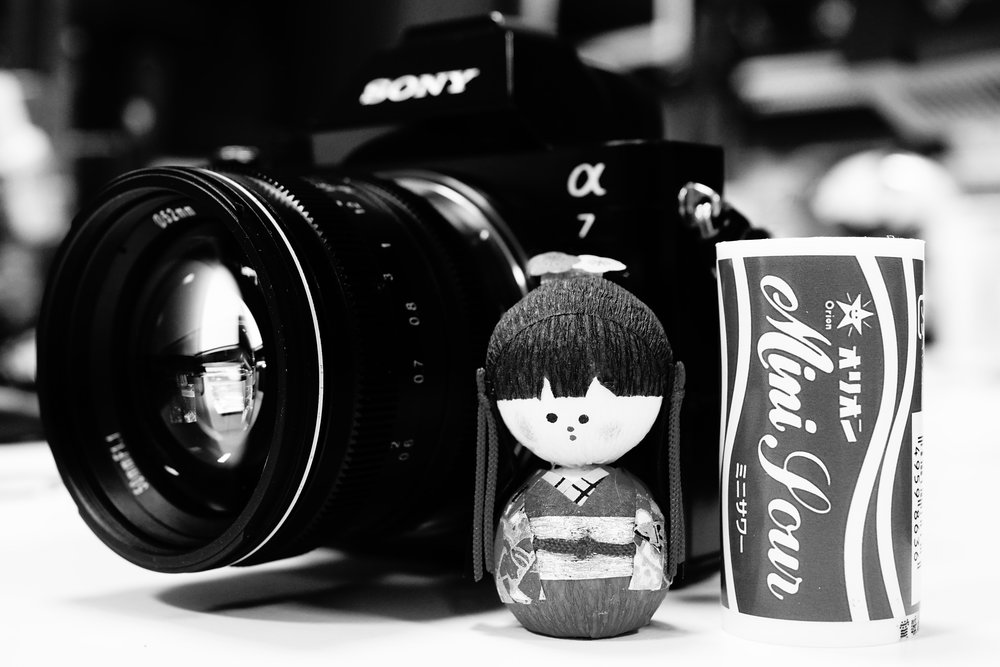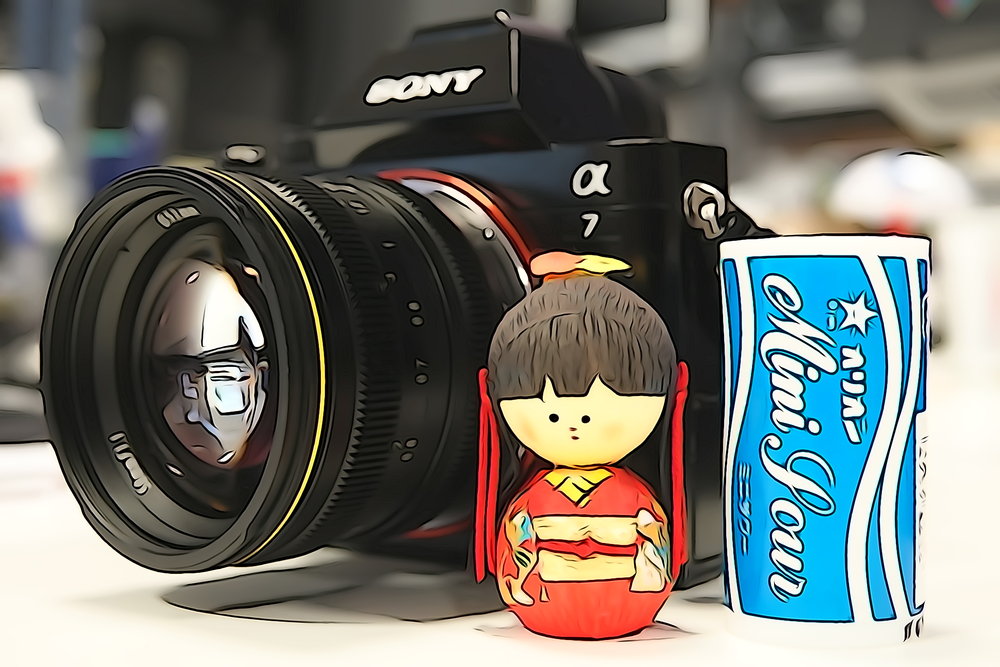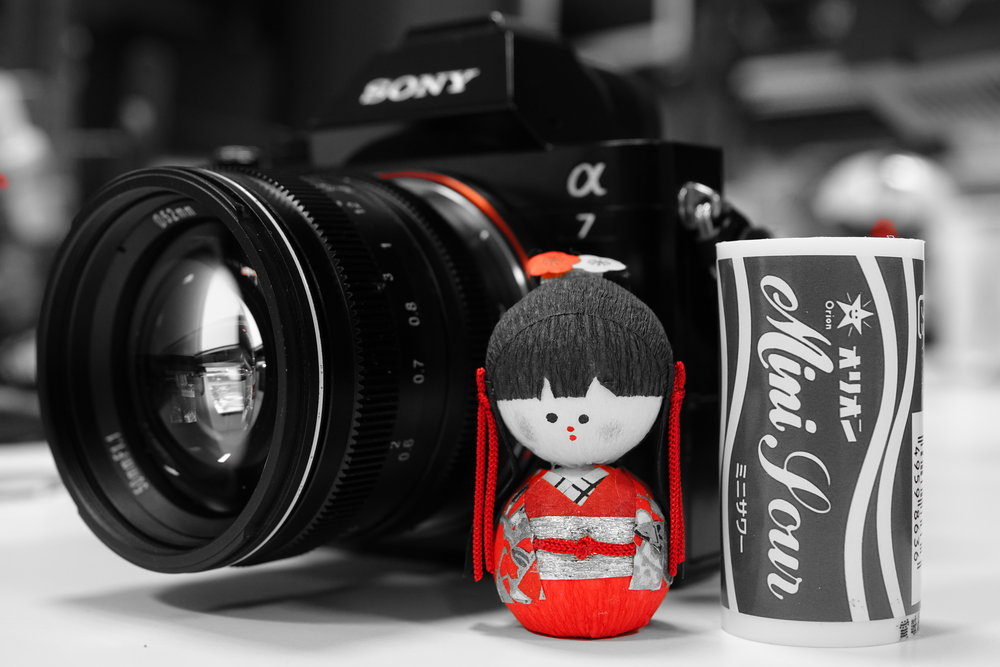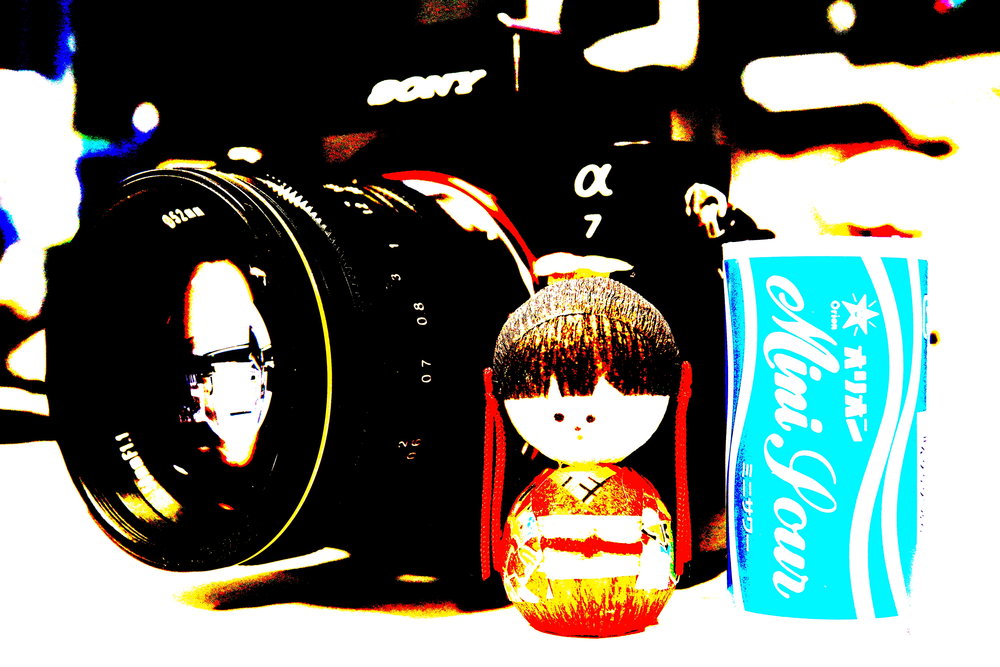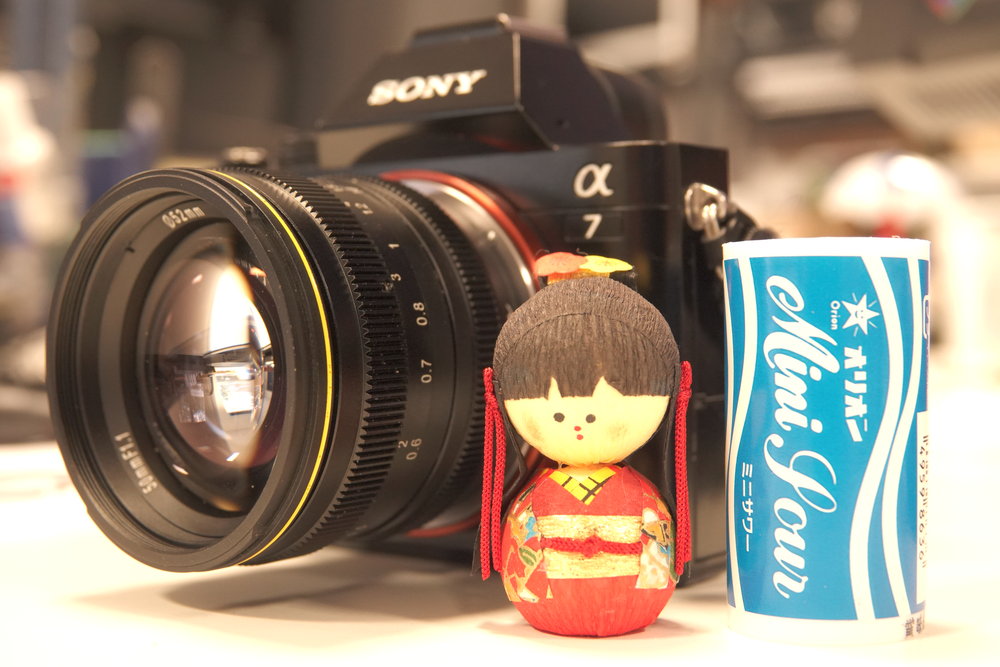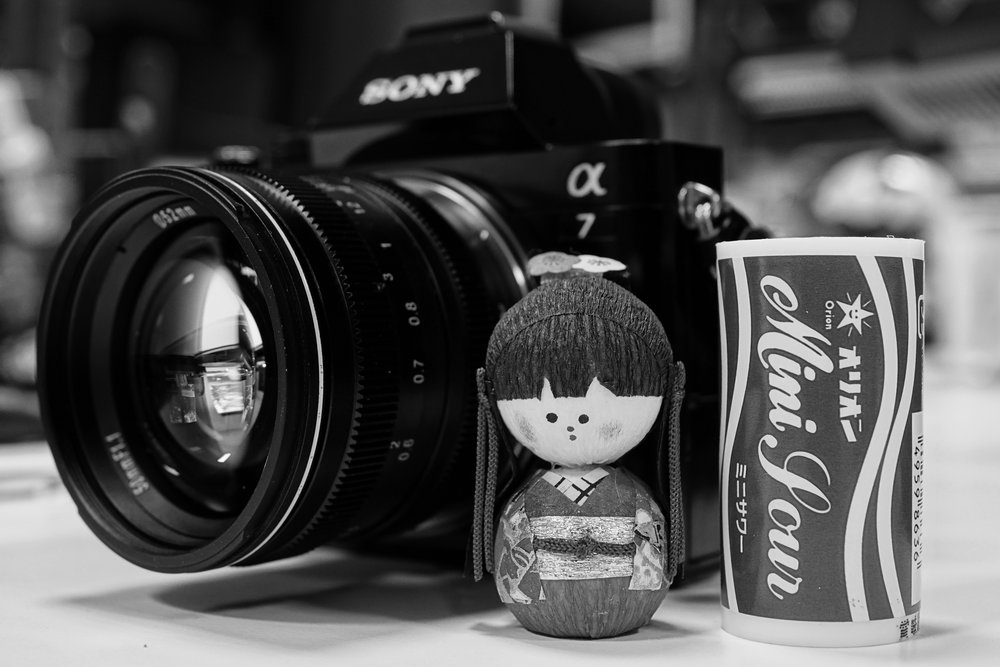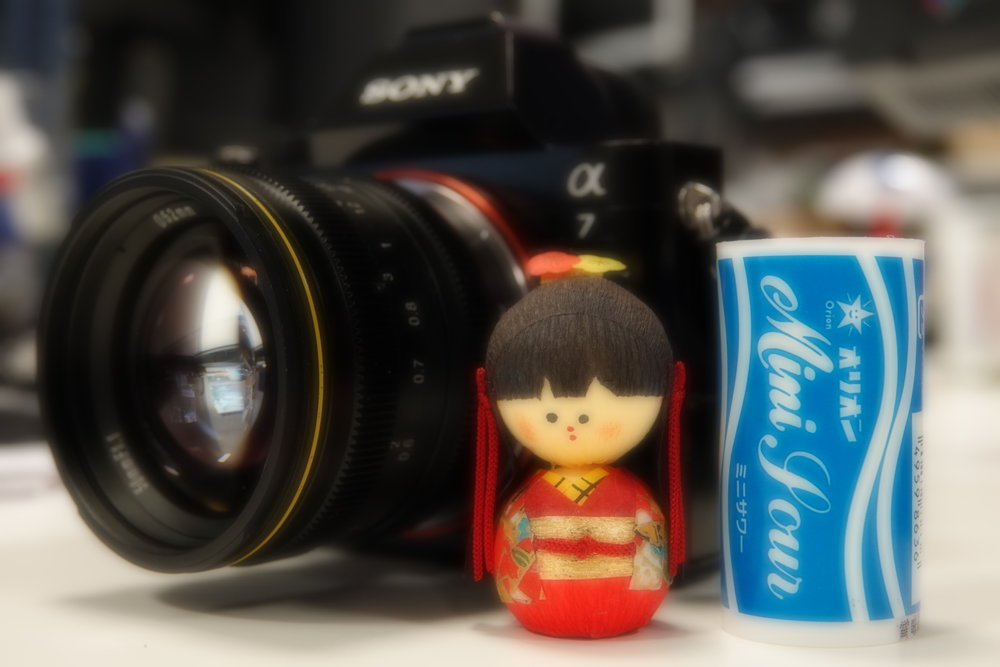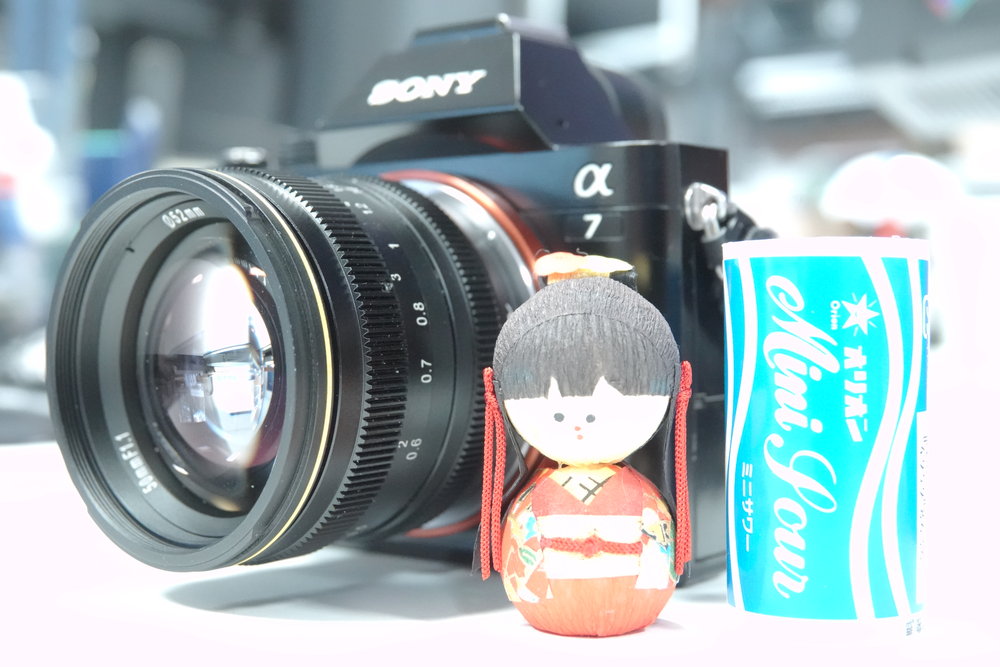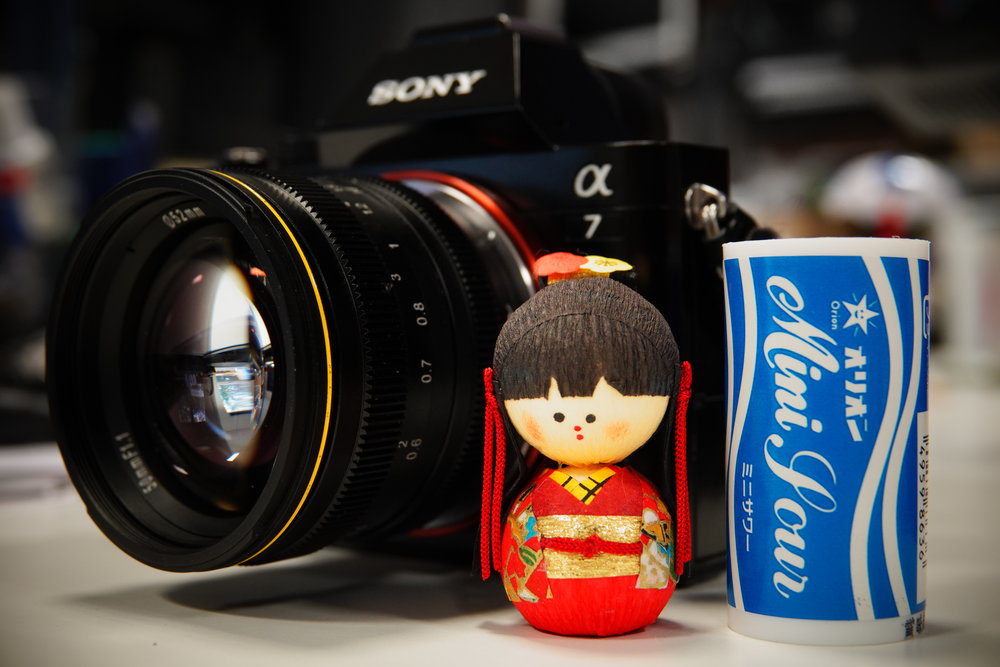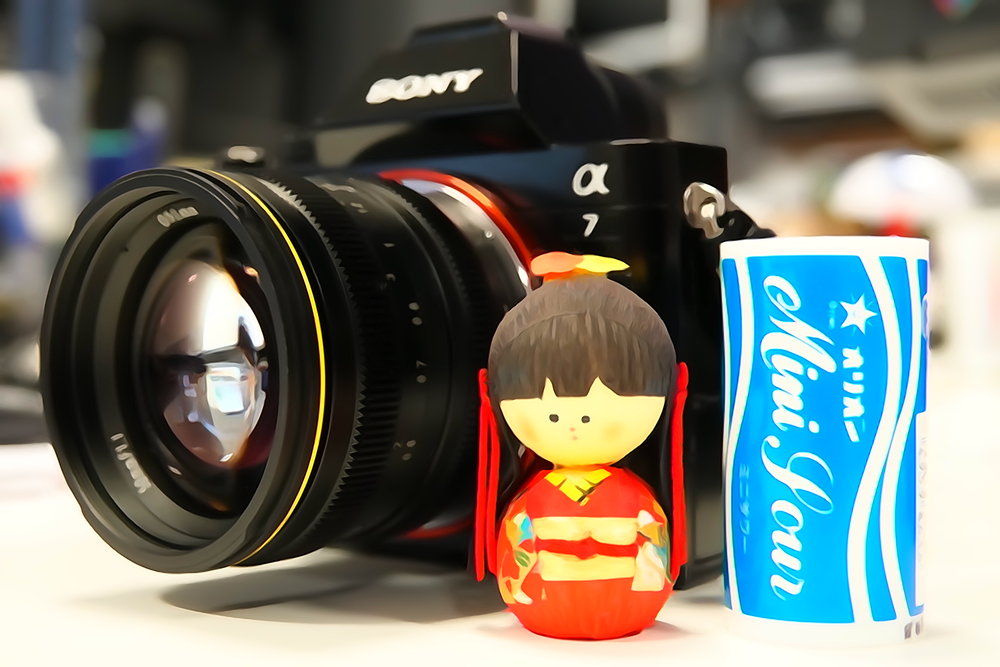Features
Handling
Performance
Verdict
Specification
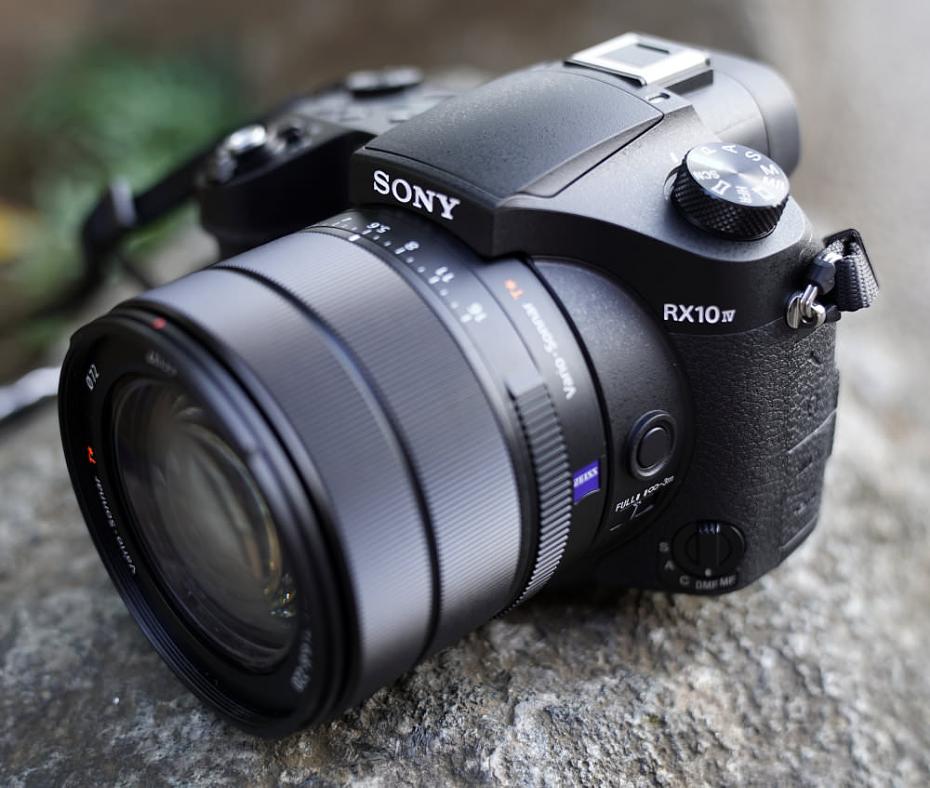
The Sony Cyber-shot RX10 Mark IV is an ultra-zoom bridge camera with a 25x optical zoom lens. The Mark IV updates the Mark III, with an updated processing engine to give 24fps continuous shooting, and phase-detection focus is built-in to the sensor, to give the World's fastest AF performance, of 0.03s. The camera has Wi-Fi, NFC, and Bluetooth built-in.
Sony Cyber-shot RX10 Mark IV Features

The Sony Cyber-shot RX10 Mark IV is a premium priced ultra-zoom bridge camera with a bright Zeiss 25x optical zoom lens that gives the equivalent of a 24-600mm telephoto zoom lens, with an f/2.4 to f/4.0 aperture. Optical SteadyShot (optical image stabilisation) ensures sharp photos when shooting in low light or when using lots of optical zoom. You can focus on subjects just 3cm from the front of the lens when shooting macro photos.
The 20 megapixel BSI CMOS sensor used in the RX10 IV is the latest version of Sony's 1inch sensor, with phase detection built-in to the sensor, and is a "Stacked" design, which enables faster sensor readout, including high-speed video, and 24fps continuous shooting. Other benefits of the sensor include:
- Super fast electronic shutter (1/32000s)
- Super slow motion up to 1000fps (max 4 or 6 seconds)
- 4K movie with full pixel read-out without pixel binning
- Simultaneous still image recording up to 17MP during movie recording
- 24fps high-speed continuous shooting without display blackout
- Anti-distortion shutter
If you're looking for an ultra-zoom camera, with a larger than normal 1inch sensor, then there are a number of alternatives to consider, all featuring a 20-megapixel 1inch sensor. Compared to the Canon Powershot G3 X, Panasonic Lumix FZ2000, and the previous model, the RX10 Mark III.
| Sony Cyber-shot RX10 III | Sony Cyber-shot RX10 IV | Panasonic Lumix FZ2000 | Canon Powershot G3 X |
| 25x optical zoom | 25x optical zoom | 20x optical zoom | 25x optical zoom |
| f/2.4-4.0, 24-600mm | f/2.4-4.0, 24-600mm | f/2.8-4.5, 24-480mm | f/2.8-5.6, 24-600mm |
| 14fps | 24fps | 12fps | 7fps |
| 3inch tilting screen | 3inch tilting touch-screen | 3inch vari-angle touch | 3.2inch tilting touch-screen |
| 2359K dot EVF | 2359k dot EVF (0.7x) | 2360K dot EVF (0.74x) | No EVF (optional) |
| 4K UHD video | 4K UHD video | 4K CINE video | FullHD video |
| Wi-Fi, NFC | Wi-Fi, NFC, Bluetooth | Wi-Fi | Wi-Fi, NFC |
| Weather-sealed | Weather-sealed | - | Weather-sealed |
| Mic / headphone sockets | Mic / headphone sockets | Mic / headphone sockets | Mic / headphone sockets |
| 420 shots | 400 shots | 350 shots | 300 shot battery life |
| 1095g | 1095g | 966g | 733g |
| £1300 | £1799 | £999 | £649 |

The camera offers an automatic shooting mode, numerous scene modes, plus full manual controls so that you have control over the shutter and aperture speeds. There is a manual aperture ring available around the lens, and this can be switched to clickless if required. There is side access to the memory card slot, which accepts either Sony Memory Sticks or SD / SDHC / SDXC cards.
The weather-sealed body resembles a Digital SLR (with a top LCD screen as well), and the camera has a weight of 1095g (with battery and memory card). The camera features diffraction-reducing technology, designed to maintain clarity even when using smaller apertures. Sony has also worked on the image processing, to improve image quality when using the telephoto zoom lens.
Wi-Fi, NFC and Bluetooth is built-in so that you can connect the camera to your smartphone or tablet using Sony PlayMemories Mobile (available for Android and iOS).
4K video is available at 30/25/24fps* with optical zoom and stereo sound, and you'll also find microphone and headphone sockets on the side. High-speed video is available at 250fps (1824 x 1026), 500fps (1676 x 566) and 1000fps (1136 x 384), for a limited amount of time, which can be extended when shooting at a lower resolution.
* Frame rate options available change depending on whether you select NTSC or PAL.

Key Features
- 20.1 megapixel 1inch BSI CMOS sensor
- 25x optical zoom lens, f/2.4-4.0, Optical Steadyshot
- 24-600mm equivalent in 35mm terms
- Tilting 3inch 1440K dot touch-screen
- Electronic Viewfinder (XGA OLED), 2359K dot, 0.70x
- 325 AF points (Phase-detection AF)
- 24fps continuous shooting
- 3cm close macro performance
- Electronic shutter (up to 1/32000s)
- 4K UHD video recording (3840x2160)
- High-speed video recording (up to 1000fps)
- ISO100 to ISO25600
- Triple lens ring (focus, aperture, zoom)
- Dust and moisture resistance
- Wi-Fi / NFC / Bluetooth connectivity
Sony Cyber-shot RX10 Mark IV Handling

Build quality and handling of the RX10 Mark IV is excellent with the camera featuring a large rubber hand grip surrounding the right-hand side where you hold the camera, and on the back, this continues all the way round to where there is a shaped area for your thumb to grip. Above the thumb is where you'll find the exposure compensation dial. Holding the camera with two hands is recommended due to the size and weight of the camera which is 1095g (including battery and memory card). The left-hand side of the camera (viewed from the rear) also features a rubberised grip that goes round to the front of the camera. There is also a focus hold button on the left-hand side of the lens, plus a new focus limiter switch.
The focus switch has been updated, and now includes A (Automatic), in addition to Single, Continuous, DMF, and MF.
The camera features one custom mode ("Memory Recall"), plus an "HFR" mode, which stands for High Frame Rate (Video) on the mode dial. The delete button is customisable as the third custom button (C3), with two customisable custom buttons on top (C1 and C2). The 4-way direction pad on the rear can also be customised, along with the AEL button, and control wheel on the back.
Surrounding the lens is the focus ring, zoom ring, and a manual aperture ring. The zoom ring controls the power zoom lens, and the aperture ring lets you set the aperture between f/2.8 and f/16, making the camera feel like a more traditional camera. In addition, the aperture clicks can be switched off, letting you smoothly and silently change aperture during video recording. You can set the shutter speed using the rear scroll wheel, for manual control over exposure. Markings on the lens barrel show the focal length at a glance.
The top left of the camera features the mode dial, and the camera features a sensor plane marking so you know where the sensor sits in the camera. On this side, you'll also find the covered microphone and headphone sockets, as well as the Multi(USB) connection and HDMI port. The Sony multi-interface hotshoe means the camera is compatible with a number of Sony accessories.
A small pop-up flash is included, as well as a good size LCD screen (with illumination button above it), which gives shooting information, as well as remaining shots and battery life. The shutter release features a thread for a screw in shutter release cable, and there is a zoom rocker surrounding the shutter release button, with the on/off switch behind.
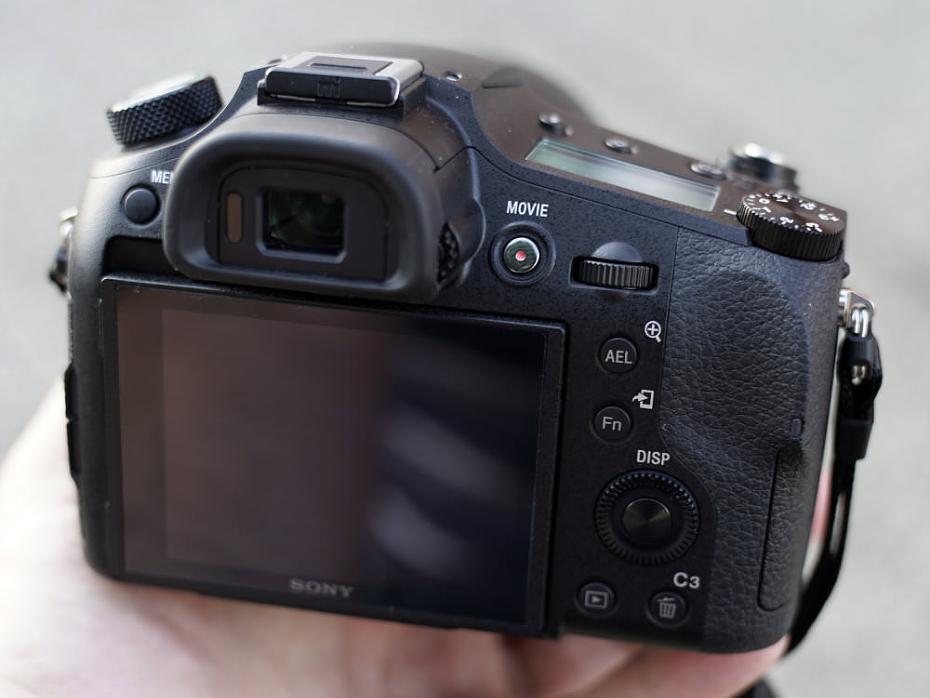
Menus – The camera has updated menus, which hasn't really improved the menus that much. Some of the menu screens show only one item on a page, and you have 14 pages of menu items for Photo1 (the RX10 III had 9 pages), so it can take some time to scroll through all the items to find what you want, and the menus could do with tidying up. For example, why not put all the video options under a "Video" section? One nice feature is that you can put all of your favourite settings under "MyMenu".
The function button brings up a set of options on the screen, that can be quickly changed without having to go into the menu system, and these options can be customised.
On the back, the tilting rear screen has a high resolution of 1440K dots and is clear to see, with a recessed gap to make it easier to pull the screen out when you want to tilt it. The electronic viewfinder features a 2360k dot resolution, dioptre correction, as well as an eye-detection sensor so that when it's held up to your eye it will automatically switch to the viewfinder. The viewfinder is clear and bright and updates smoothly and is of a good size, even when wearing glasses.
The focus point can be set over a wide area of the screen, almost into the far corners, and you can use the touch-screen to set the focus position. The phase detection area has 325 focus points, covers 65% of the frame, and is marked with rounded corners on-screen.
Wi-Fi features - The camera features NFC (Near Field Communication), low-power Bluetooth and built-in Wi-Fi so that you can simply touch the camera to a compatible NFC enabled smartphone to setup the connection. The Sony PlayMemories Mobile app will then allow you to remotely control the camera, as well as download and share photos from the device.
Sony PlayMemories Apps are no longer available. This seems to have disappeared from a number of recent Sony cameras, with no explanation. However, considering the apps cost money, for features that other cameras have built-in, it's no great shame. Assuming that Sony start building these features into future cameras.

Battery life - Battery life is rated at 400 shots according to Sony / CIPA test results, which is a slight drop in the number possible, however, it will also depend on how much you shoot with flash, or how much you use continuous shooting. The camera battery is charged using a MicroUSB cable with the battery in the camera. This means you can easily find somewhere to plug in and charge the camera, although if you wanted to charge a spare battery you'd need to buy a separate charger.
Sony Cyber-shot RX10 Mark IV Performance
The performance section is where we look at the image quality performance of the camera. Additional sample photos and product shots are available in the Equipment Database, where you can add your own review, photos and product ratings.
Speed - We took a number of shots to test the camera's responsiveness, from switch on to first photo, shot to shot, focusing speed etc. We take a number of shots and then use the average to ensure accurate and consistent tests, making it easy to compare with other cameras.
| Shutter Response | <0.05secs |
| Wide - Focus / Shutter Response | 0.075secs |
| Full zoom - Focus / Shutter Response | 0.1secs |
| Switch on Time to Taking a Photo | 1.7secs |
| Shot to Shot without Flash | 0.35secs |
| Shot to Shot with Flash | 0.9secs |
| Continuous Shooting - JPEG (shots before slow down) |
24fps (290 shots), 17fps with C-AF |
| Continuous Shooting - Flash | 0.8secs |
| Continuous Shooting - RAW | 24fps (110 shots) |
*JPEG Fine, Sony UHS-II SD card.
Sony Cyber-shot RX10 IV Sample Photos
Sample Photos - Images have good colour, and exposure is reliable. Dynamic range is good, with the camera producing good results when left on default settings, with DRO (Dynamic Range Optimisation) on auto. If you want to shoot with extended dynamic range, you can shoot in raw, or use the HDR mode will combine a number of shots taken at different exposures, in-camera. Portraits taken with flash show no signs of red-eye, and the pop-up flash is a good distance away from the lens.
Sony Cyber-shot RX10 IV Lens test images
Lens Performance - The camera's lens performs extremely well, whether shooting at the wide-angle end of the lens or the telephoto end. The aperture remains quite bright as you use the zoom, and drops to f/4.0 from 100mm equivalent - this is better than the FZ2000 (f/4.0 at 80mm), and G3X (f/4.0 at 45mm). Some vignetting is visible when shooting at the telephoto end of the lens, although this can easily be corrected in image processing software. Macro performance is good, with the lens letting you focus on subjects that are just 3cm away from the front of the lens. Distortion is automatically corrected in-camera, and we struggled to find any chromatic aberration or purple fringing in images.
Sony Cyber-shot RX10 IV ISO test images
ISO Noise Performance - For the lowest noise and best detail possible we would recommend using ISO100 to ISO1600, as images have low levels of noise and good levels of detail. For lower light situations ISO3200 to ISO6400 still provides good results, although noise increases and detail is reduced. At ISO12800 noise levels become strong and we would recommend avoiding this setting if possible as colour saturation drops, although results may still be useful if resized and used on the web. To use ISO25600 you need to use the "Multi-Frame Noise Reduction" setting.
Sony Cyber-shot RX10 IV White-balance test images
White Balance Performance - Auto White Balance (AWB) performs well under tungsten (incandescent) lighting, with a slightly warm result. For more accurate results, the tungsten preset does an excellent job. The camera gives a warm result under mixed lighting. Results under fluorescent lighting are excellent when using the auto white balance, with the fluorescent presets giving a slight colour cast.
Sony Cyber-shot RX10 IV Digital filters
Digital Filters - There are a number of scene modes, creative effects, and dynamic range options. When shooting using the HDR mode, the camera will also keep the original non-HDR version of the image. Examples of the different effects can be seen above. The camera has an automatic panoramic mode, where you simply press the shutter release button and pan the camera from one side to the other, and it automatically stitches the image together as you pan.
Video - The RX10 Mark IV can record 4K UHD video at 25fps (in PAL). If you want to record at 30fps or 24fps then you need to switch to NTSC, and once you've switched, the camera needs to format your memory card before you can start recording video. This could quickly become annoying if you have photos on the memory card already. High-speed video is recorded at a reduced resolution and then upscaled to FullHD (1920x1080) resolution. The higher the frame rate, the lower the resolution recorded. You can prioritise quality of length of the recording, and the camera lets you record 4 or 6 seconds of footage at the following resolutions:
- 1000fps (resolution: 912x308)
- 500fps (resolution: 1292x436)
- 250fps (resolution: 1824x1026)
When recording 4K video, ISO12800 is the highest ISO speed available. There are options for S-Log3 / S-Gamut3, Gamma Display Assist, Proxy recording, and Timecode / User Bit. 4K video quality is great, especially when viewed on a 4K device.
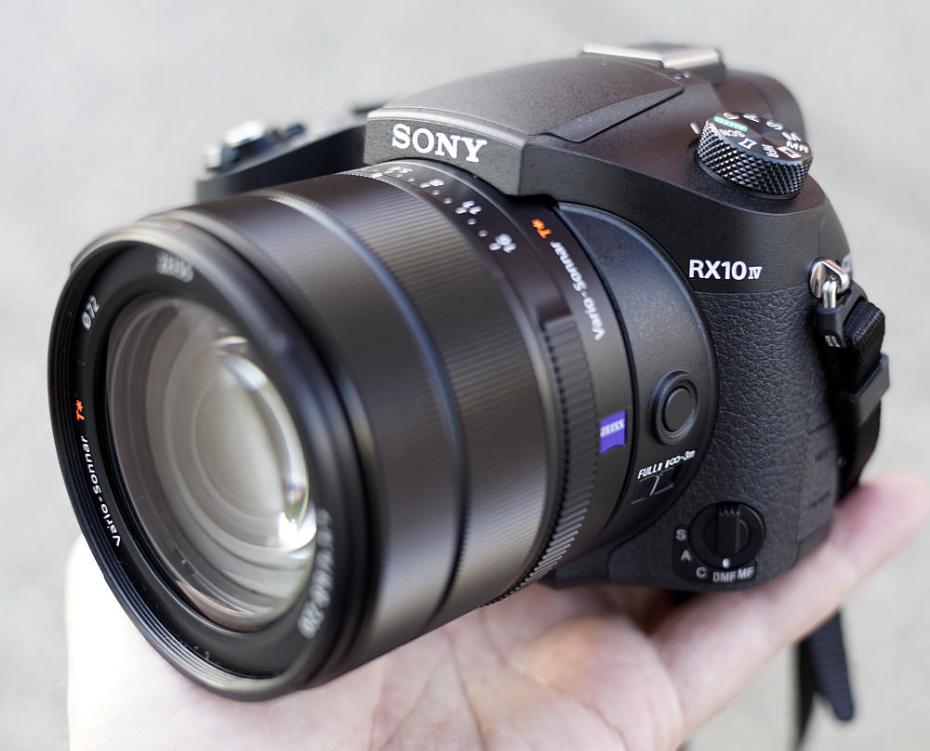
Value For Money
The Sony Cyber-shot RX10 Mark IV is available for £1799 which makes it very expensive, particularly up against the following cameras, and we'd hope that the price will drop significantly over time. Alternatives to look at include the following:
Panasonic Lumix FZ2000 - 20mp, 20x optical zoom, CINE 4K video, 12fps
Sony Cyber-shot RX10 III - 20mp, 25x optical zoom, 4K UHD video, 14fps
Canon Powershot G3X - 20mp, 25x optical zoom, FullHD video, 5.9fps
Have a look at more ultra-zoom bridge cameras in our Top 10 Best Ultra Zoom Cameras. You'll also need to buy a memory card and a case or bag to keep your camera safe and protected - have a look at our complete guide to camera bags.
Sony Cyber-shot RX10 Mark IV Verdict
Like the RX10 Mark III, the Sony Cyber-shot RX10 IV continues to offer the excellent 25x optical zoom Zeiss lens with a bright f/2.4 aperture at the wide-angle end of the lens, and a bright f/4.0 at the telephoto end of the lens. The use of a 1inch, high-speed 20 megapixel BSI CMOS sensor means you'll able to shoot at high speeds, whether shooting still photos, high-speed video or 4K video. Image quality is excellent, with the lens performing well, producing images with good colour and detail. We'd recommend having a look at the camera in person if you can, as it's quite large and heavy.
There are a number of improvements made to the camera, over the RX10 III, some subtle, some not so subtle. There are also some niggles, that we'd like to see improved in future cameras, as Sony is the only camera company to require a memory card format when switching between NTSC and PAL to select different video frame rates. The new touch-screen is a welcome addition, as it can be used to set the focus position, but can't be used to change settings, can't be used in playback, and can't be used in the menus.
The RX10 IV is a great camera, and if you shoot sports or other high-speed events, then the 24fps, 325 AF points, and continuous AF tracking could be essential to you. This alone could justify the price, however, if you don't need the speed, then you could save a significant amount of money by looking at the previous version, the RX10 III.
|
The Sony Cyber-shot RX10 Mark IV offers a great zoom lens, and extremely fast shooting. |
